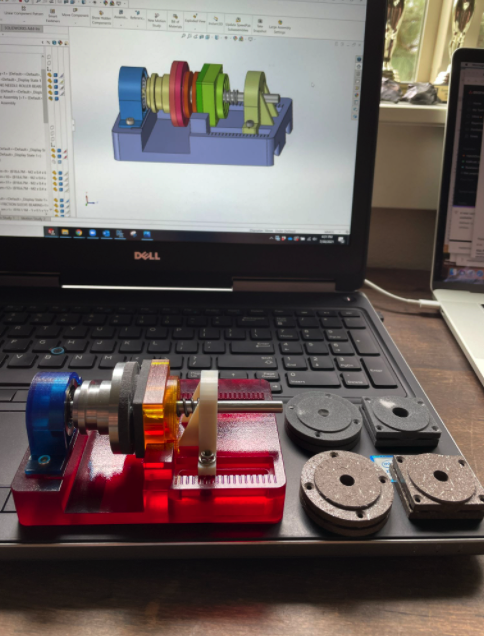In the competitive world of product engineering, turning ideas into reality requires more than just a great concept and technical expertise. Product development is an iterative process, and one of the most critical steps is building Proof of Concept (PoC) prototypes. These early-stage prototypes play a vital role in validating ideas, reducing risks, and ensuring product success.
In this blog, we will explore why PoC prototypes are essential for successful engineering and how they can significantly impact the development cycle.
- Validating Core Assumptions
Before committing to full-scale development, it’s important to test whether the core ideas behind your product are feasible. A PoC prototype allows engineers and stakeholders to validate the underlying assumptions of the product concept. This could involve testing technical functionality, market demand, or user experience.
By creating a prototype, teams can quickly answer key questions:
- Does the product solve a real problem?
- Are there any technical barriers to building the solution?
- Can the product be manufactured or developed at scale?
These early insights help refine the product vision and save time and resources by ensuring that the team is building something that is both viable and valuable.
- Reducing Risks Early
Developing a full-fledged product without a PoC can lead to costly mistakes down the road. A PoC prototype provides an opportunity to identify and mitigate potential risks—whether they are technical, financial, or market-related.
For example:
- Technical Risks: A PoC can uncover hardware limitations that could impede future development. Engineers can test integrations, performance, and compatibility with other systems before committing to the final build.
- Market Risks: Through user testing and feedback, a PoC can indicate whether the market is receptive to the product idea, allowing the team to pivot or adjust before large investments are made.
- Saving Time and Costs
Building a full product can take months or even years, involving significant financial investment. A PoC can be developed quickly and at a fraction of the cost, allowing teams to experiment and iterate faster. This approach helps minimize wasted effort on developing features or technologies that may not work as expected or meet user needs.
The cost-efficiency of a PoC also helps startups and businesses manage their resources more effectively. Instead of spending significant amounts of money on a product that may never take off, companies can focus on proving the concept first and attract investors or stakeholders with tangible evidence.
- Enabling Iterative Improvements
One of the main advantages of a PoC prototype is that it supports an iterative development process. Instead of attempting to create a perfect final product on the first try, teams can take a more agile approach. Feedback loops are created at the PoC stage, allowing engineers to learn what works and what doesn’t before proceeding further.
This feedback can come from various sources, such as:
- Internal Teams: Engineers and designers can identify technical issues or areas for improvement.
- Users: Early adopters or testers can provide insights into user experience and functionality.
- Stakeholders: Investors and business leaders can offer their perspectives on the product’s potential and market fit.
- Fostering Innovation and Creativity
By creating a PoC prototype, product teams are encouraged to think creatively and explore new possibilities without the constraints of a full-scale product. The PoC stage provides room for experimentation, and even if a particular idea doesn’t work out, the lessons learned can lead to new and better approaches.
This early-stage experimentation fosters a culture of innovation within the team, encouraging them to take calculated risks and push the boundaries of what’s possible – fail early, fail often.
- Improving Communication Across Teams
PoC prototypes can enhance communication and collaboration among cross-functional teams. Engineers, designers, marketers, and business analysts often have different perspectives on a product. By working together on a prototype, they can align on the product’s vision, goals, and challenges early on.
A PoC provides a concrete representation of the product that all teams can interact with, making it easier to discuss features, improvements, and next steps. This cross-team collaboration sets a strong foundation for successful product development in later stages.
In the dynamic and fast-paced world of getting a product to market, Proof of Concept prototypes serve as essential tools for reducing risks, validating ideas, and driving innovation. They provide a low-cost, high-impact way to test the feasibility of new ideas, engage stakeholders, and ensure that teams are on the right path before making significant investments.

